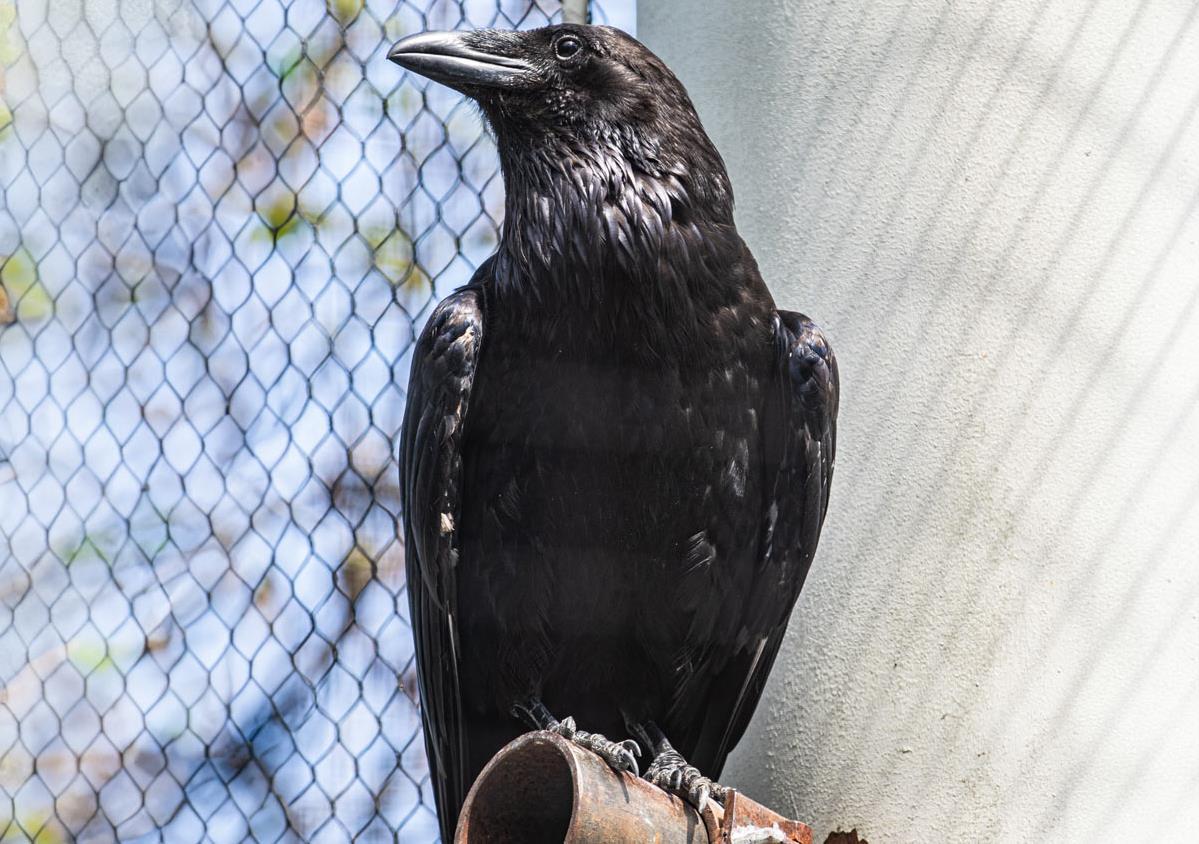❄️ Off for the Season


Location at the Zoo
Kids Zoo
Global Range
Europe, Northern Asia and North America
Common raven
Corvus corax
The Common Raven is a large, intelligent bird with glossy black plumage and a thick, robust bill. They have wedge-shaped tails and long, strong wings, which enable them to soar and maneuver adeptly in flight. Common Ravens are known for their distinctive croaking calls and highly adaptable behavior.
Conservation Status: IUCN

Distribution
Common Ravens are found in a variety of habitats, including forests, mountains, grasslands, deserts, and urban areas. They are highly adaptable and can thrive in diverse environments.
Habitat
They prefer habitats with ample food sources and suitable nesting sites. Common Ravens are commonly found in wooded areas, cliffs, coastal regions, and open landscapes.
Diet
Common Ravens are omnivorous scavengers, feeding on a wide range of foods including carrion, small mammals, birds, insects, fruits, seeds, and human food waste. They are opportunistic feeders and will exploit a variety of food sources.
Reproduction
Breeding season for Common Ravens typically occurs in spring. They build large, sturdy nests made of sticks and lined with softer materials, usually located in trees, on cliffs, or on man-made structures. Females lay 3-7 eggs, and both parents participate in incubating the eggs and raising the chicks.
Adaptation
Common Ravens have exceptional problem-solving abilities and demonstrate complex social behaviors. They have been observed using tools, playing games, and forming cooperative relationships with other ravens. Their intelligence and adaptability enable them to thrive in a wide range of environments.
Threats to Survival
While Common Ravens face few natural predators as adults, they may be susceptible to habitat loss, persecution by humans, and collisions with vehicles and structures. However, their generalist diet and adaptable behavior help mitigate some of these threats.












